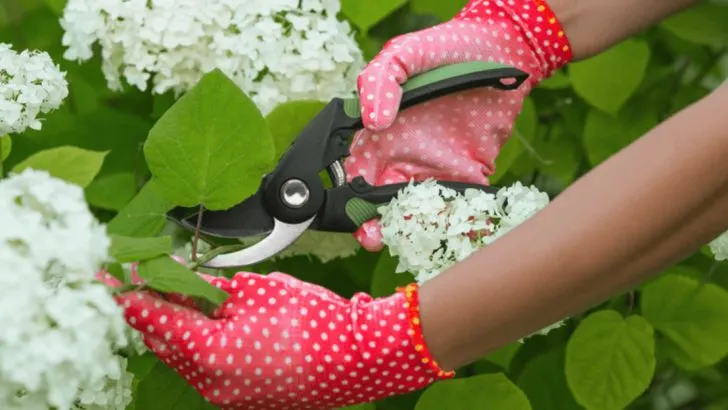Pruning in spring is a game-changer for a thriving, colorful garden, but knowing when and how to do it is key. The right cuts can encourage healthy growth, boost flower production, and shape plants beautifully, while improper timing can set them back.
These 13 expert-backed spring pruning secrets will help you maximize blooms, strengthen plants, and create a garden that flourishes all season long.
Timing is Everything
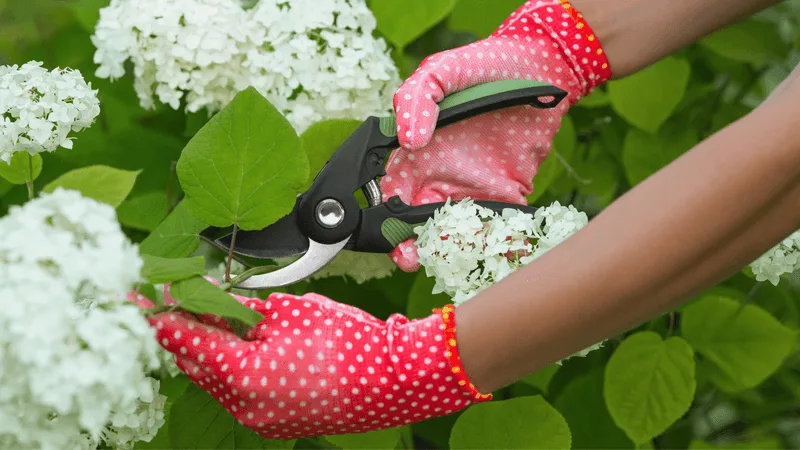
Understanding the best time to prune can significantly impact your garden’s health. Early spring, just as plants awaken from their winter slumber, offers the perfect opportunity. Begin with trees and shrubs that bloom in the summer, as pruning them now encourages vibrant growth. Avoid trimming spring-flowering species until after they bloom to preserve their blossoms. Pay attention to local climate patterns, as this can influence the ideal timing for each plant. By aligning your efforts with nature’s schedule, you ensure that your garden thrives and remains a visual delight throughout the seasons.
The Right Tools

Equipping yourself with the right tools is essential for effective pruning. Sharp, clean pruning shears are vital for making precise cuts, minimizing damage to the plant. For thicker branches, loppers or a pruning saw might be necessary. Regularly sharpen and disinfect tools to prevent disease spread. Investing in quality equipment pays off in the long run, as they last longer and perform better. Comfortable handles and lightweight designs can also make the task easier. With the right tools in hand, you’ll find pruning to be a more enjoyable and efficient experience.
Know Your Plants
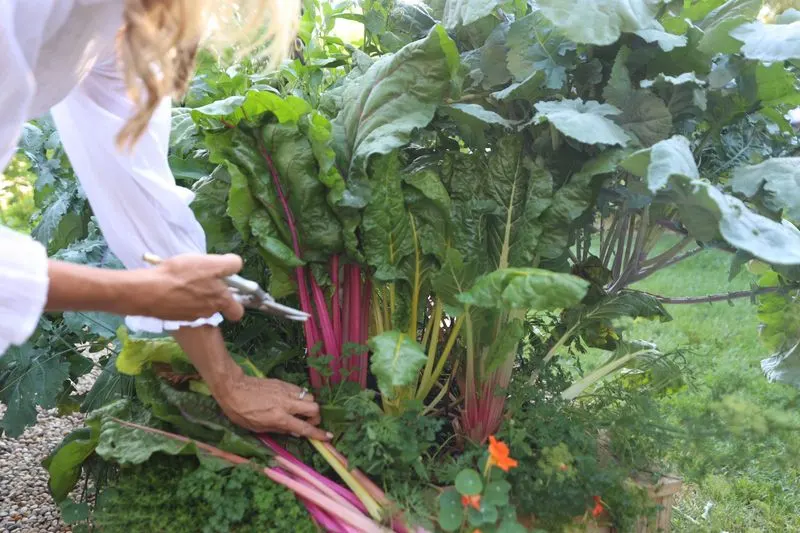
Every plant has unique pruning needs, and understanding these is crucial for success. Research each species in your garden to determine its specific requirements. Some plants benefit from heavy pruning, while others may only need a light trim. Recognizing growth habits, such as climbing or sprawling, can guide your approach. Additionally, some plants respond better to pruning at different life stages. By tailoring your strategy to suit individual plants, you encourage healthy development and reduce the risk of harming them. Knowledge is power when it comes to creating a flourishing garden.
Prune for Shape and Structure
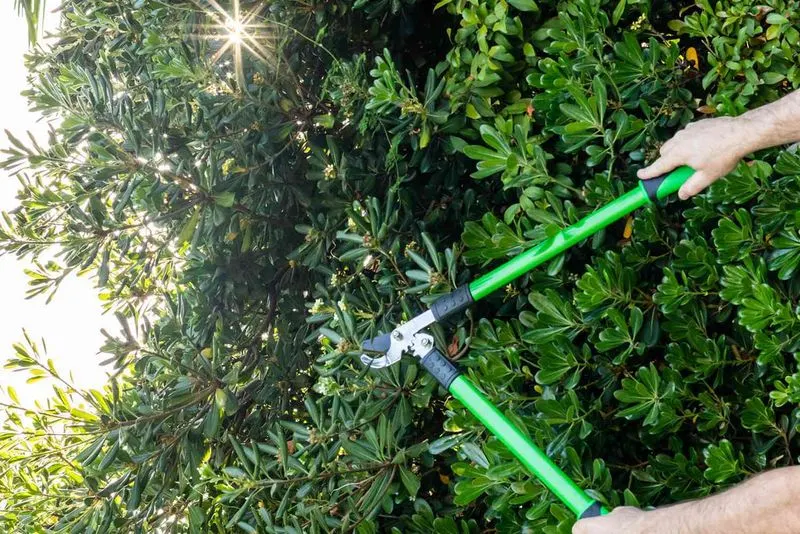
Pruning isn’t just about cutting back; it’s about crafting a visually appealing garden. Focus on shaping trees and shrubs to promote strong, attractive structures. Remove crossing branches that may rub and cause damage over time. Aim for a balanced form that enhances airflow and light penetration. This approach not only improves the plant’s health but also contributes to the garden’s aesthetic appeal. Regular shaping can prevent issues like overcrowding and encourages vigorous growth. By prioritizing form and structure, you create a garden that’s both beautiful and robust.
Caring for Flowering Plants
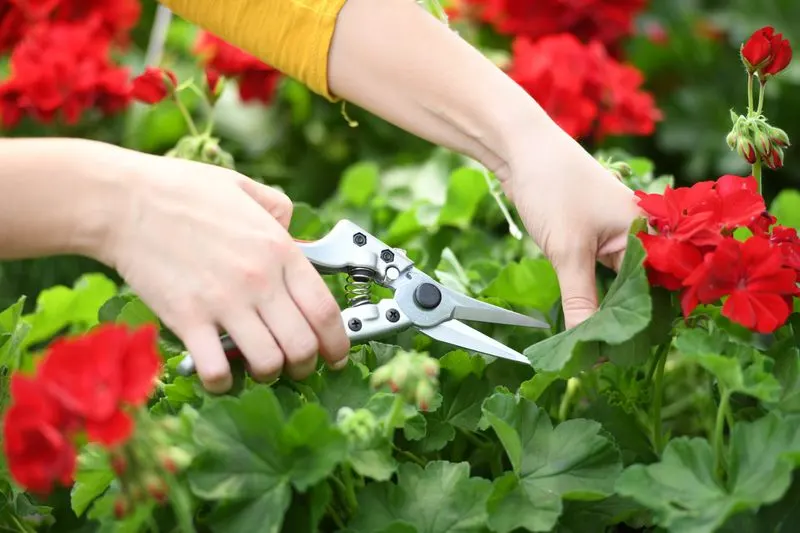
To maximize blooms, understanding how to prune flowering plants is essential. For those that bloom on new wood, such as roses, trimming in early spring can enhance flower production. Conversely, plants blooming on old wood, like lilacs, should be pruned after flowering. This ensures that you don’t accidentally remove next season’s buds. Deadheading, or removing spent flowers, encourages further blooming and maintains a tidy appearance. By catering your pruning techniques to the flowering habits of each species, you create a garden that bursts with color and life.
Managing Overgrowth
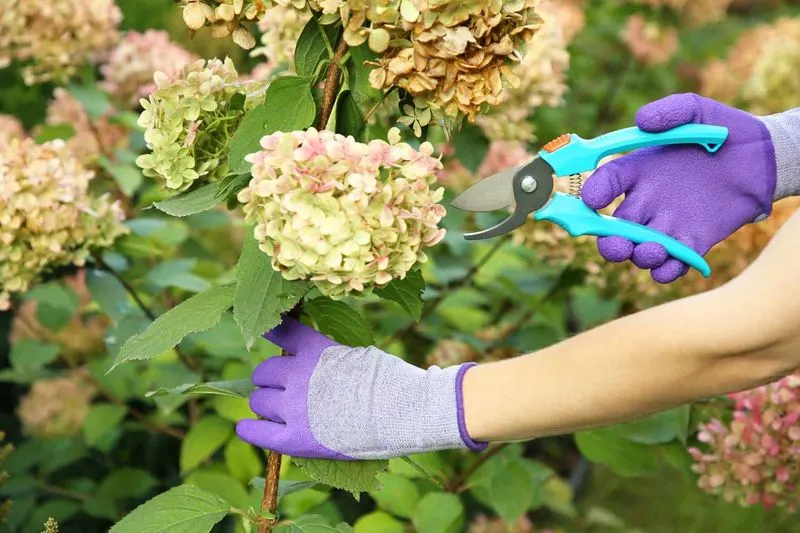
Overgrowth can choke plants and reduce their vigor. To manage this, selectively remove excess branches to improve light and air circulation. Start by cutting away dead or diseased limbs, which can harbor pests and diseases. Thin out overcrowded areas to allow remaining branches to thrive. This not only enhances plant health but also opens up space for new growth. Regular maintenance prevents plants from becoming unruly and preserves the garden’s harmony. Tackling overgrowth with a strategic approach ensures that your garden remains an inviting and dynamic space.
Rejuvenation Pruning
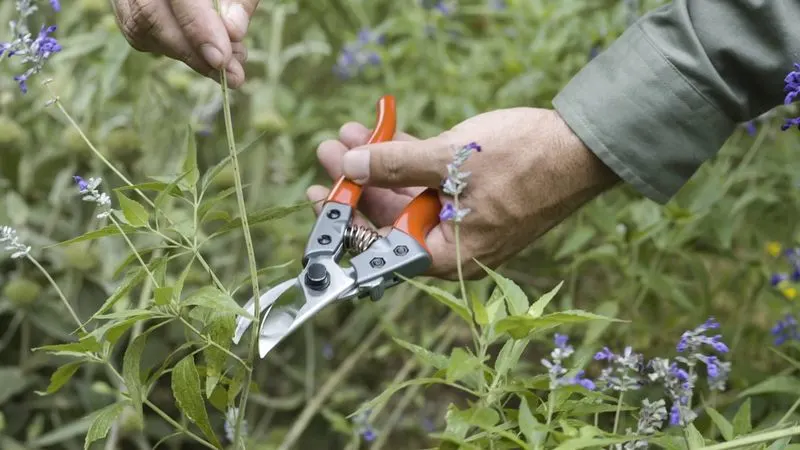
Tired, woody plants can benefit from rejuvenation pruning, a technique that breathes new life into aging specimens. Cut back one-third of the oldest stems to the ground, which stimulates fresh growth from the base. This method is particularly effective for shrubs that have become leggy or sparse. Rejuvenation pruning is best done in early spring before active growth begins. While it may seem drastic, the results are worth the effort as plants respond with renewed vigor. This technique extends the life of your plants and maintains their place in your garden.
Pruning for Safety
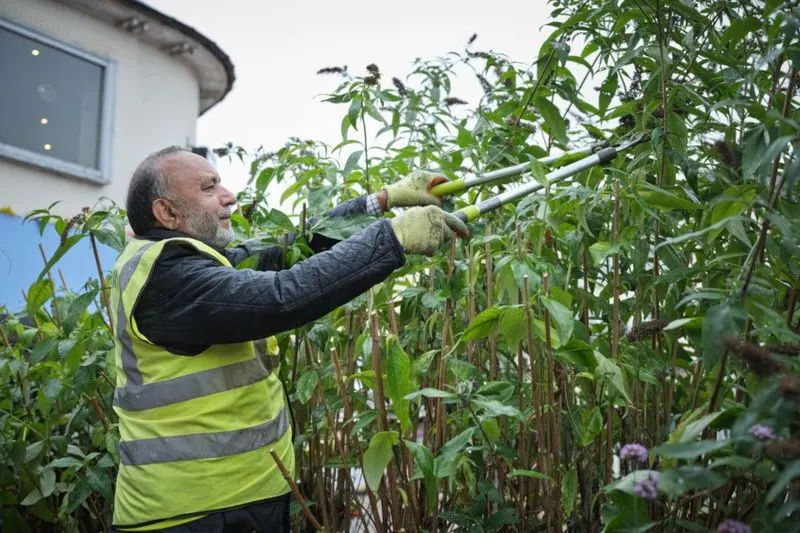
Safety should always be a priority when pruning, especially around homes and walkways. Remove any branches that could cause injury or obstruct paths. Pay special attention to limbs growing near power lines, and consult professionals if necessary. Keeping trees and shrubs clear of structures protects both property and individuals. Regular checks for broken or hanging branches can prevent accidents. By addressing potential hazards promptly, you create a garden that’s as safe as it is beautiful. Ensuring safety through careful pruning practices keeps your garden accessible and enjoyable for everyone.
Understanding Growth Patterns
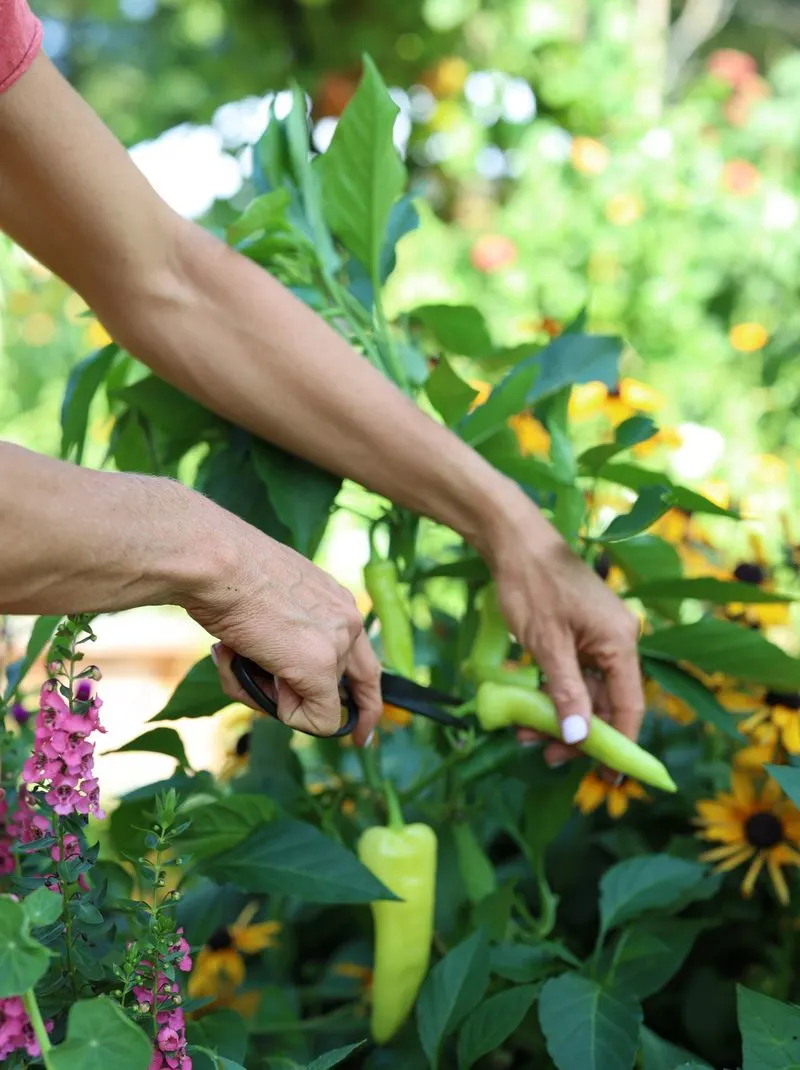
Awareness of growth patterns aids in effective pruning. Some plants, like vines, have a climbing nature and require support, while others spread horizontally. Recognizing these patterns helps you decide where and how much to trim. For upward growers, focus on thinning vertical shoots to maintain a balanced profile. Sprawling plants might need side branches trimmed to prevent encroachment. Understanding these nuances allows you to shape plants according to their natural tendencies, creating harmony within the garden. By working with, rather than against, growth patterns, your pruning efforts become more successful.
The Importance of Angled Cuts
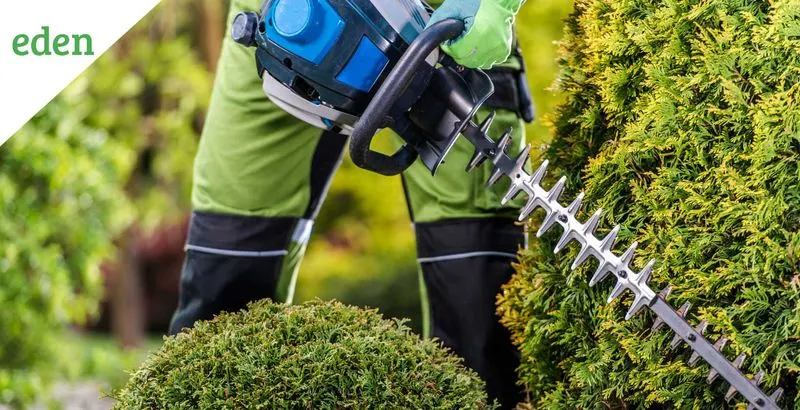
Angled cuts are crucial for promoting quick healing and preventing water damage. When trimming branches, ensure cuts are made at a 45-degree angle, sloping away from the bud or branch joint. This technique allows rainwater to run off, reducing the chance of rot and disease. Smooth, clean cuts also minimize stress on the plant, encouraging healthy regrowth. Practice this method consistently to improve plant resilience and appearance. By mastering angled cuts, you contribute to the long-term vitality of your garden. Each precise cut is a step towards a healthier, more vibrant garden.
Encouraging Air Circulation
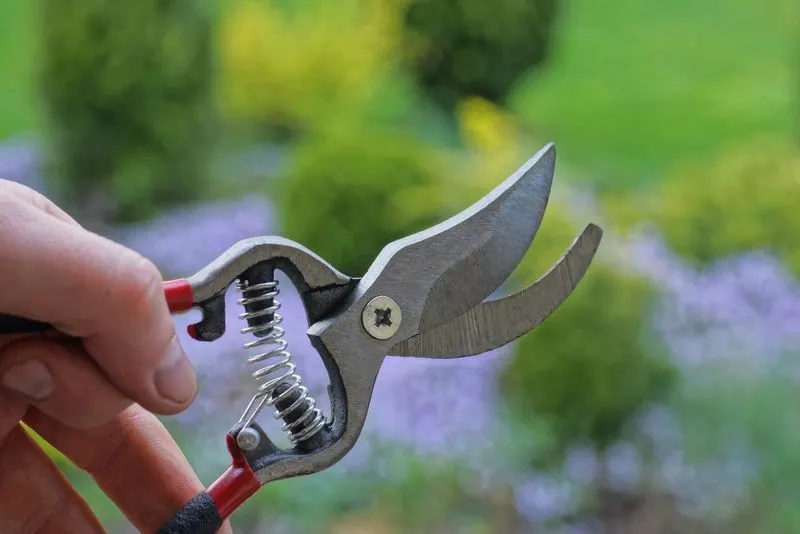
Air circulation is vital for preventing disease and promoting growth. Crowded branches can create a haven for pests and fungal infections. By strategically trimming to allow air and sunlight to penetrate, you enhance plant health. Focus on removing excess inner branches and thinning dense areas. This improves airflow, reduces humidity, and deters disease. As a result, plants become more robust and less prone to ailments. Encouraging good air circulation through thoughtful pruning lays the foundation for a thriving garden. Each snip that clears the way for air is a step towards healthier plants.
Pruning for Fruit Production
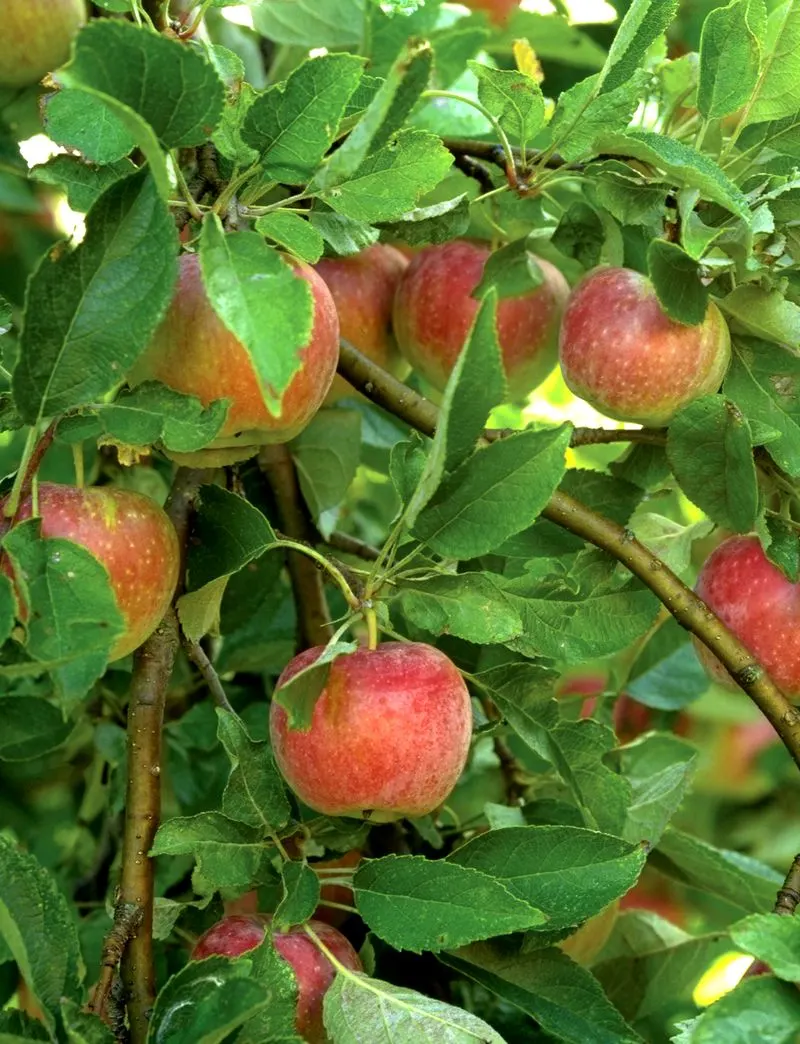
Fruit trees require specific pruning techniques to maximize yield and quality. Focus on shaping the tree to promote a strong framework that supports fruit production. Remove any dead, diseased, or crossing branches to improve sunlight exposure and air circulation. Thinning the canopy encourages better fruit development by directing energy to the healthiest branches. Regular pruning can also increase the size and flavor of the fruit. By understanding the needs of each fruit tree, you can tailor your approach for the best results. Effective pruning transforms your orchard into a fruitful and prosperous space.
Pruning Evergreens
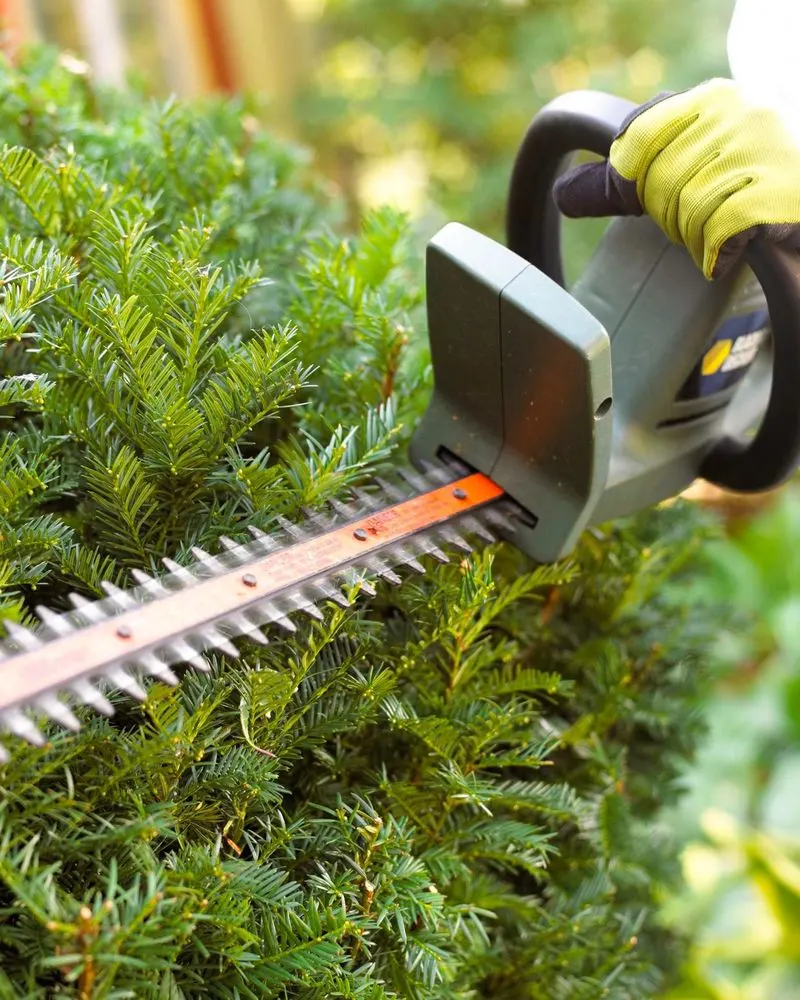
Evergreens add year-round interest to gardens, but they require careful pruning to maintain their form. Trim back new growth in early spring to encourage a compact shape. Avoid cutting into old wood, as evergreens may not regenerate from it. Focus on maintaining the plant’s natural silhouette while removing dead or damaged branches. This approach preserves the plant’s health and aesthetic appeal. By understanding the unique needs of evergreens, you ensure they remain a steadfast presence in your garden, providing structure and greenery even in the colder months.

